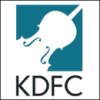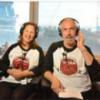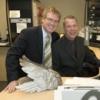
Judy McAlpine politely demurs when asked to predict how people will be listening to music in 20 years. Will radio still be a thing? Will streaming have taken over? Or could we be transitioning to a still-newer technology? It’s impossible to predict.
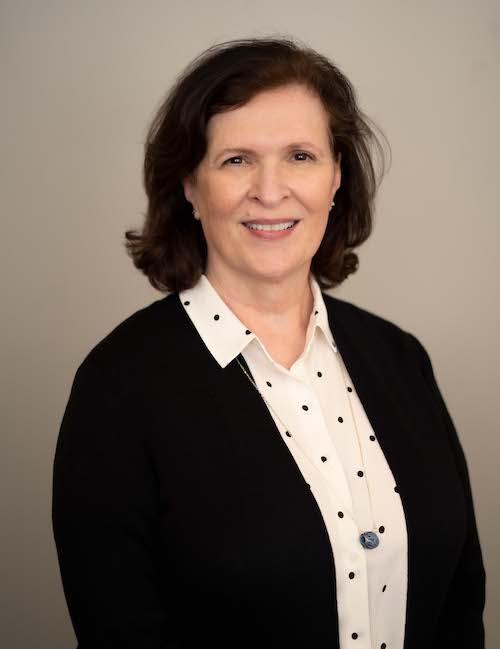
But the president of the USC Radio Group — parent company of classical stations KDFC in San Francisco and KUSC in Los Angeles — has one foundational belief. “The experience of listening to classical music as we’re presenting it is not going to go away,” she said.
Announcers who establish a connection with their listeners, and tell stories about the music they play, fulfill “a timeless need,” she insisted, “whether it’s via wifi or a radio transmitter on a mountaintop.”
Preparing for that uncertain future is the impulse behind the stations’ recent rebranding. Both now operate under the alliterative umbrella “Classical California.” The new name also reflects a revised “content strategy,” which involves beefing up its streaming offerings and scheduling more in-person events.
“We’re trying to take advantage of all the ways we now have to connect people to classical music,” McAlpine said in a recent interview. “FM is still really significant. It’s free, it’s open access. But technology has enabled us to connect with people in all sorts of other ways.”
Their initial steps are relatively modest: Two new streaming channels, along with revamping its YouTube channel. But this is about setting a direction. “We’re at the start of something,” she said. “We’ve launched something we feel there is huge potential to grow into.”
The new streaming channels — which complement existing ones focused on movie music, holiday-season music, and all-time-favorite works as voted by listeners — are focused on relaxing classical music (The Great Escape) and American classical music (Classical Americana, hosted by pianist Lara Downes).
“The Great Escape is a radio feature that we do on both stations, with different hosts,” noted Mark Steinmetz, vice president of content. “People ask, ‘Can’t you give us this all the time?’ We’re saying ‘Yes, we can.’”
The Americana stream was devised by Downes “to demonstrate what American music is, in its full breadth and diversity,” Steinmetz added. “We just don’t play the music; Lara adds context around it. This is something unique — it’s very hard to find something like that on Spotify — but it also ties into our brand.”
More streams are coming, but what they might encompass or when they might go online is all TBD. “We’re not aiming to be a major streaming player,” Steinmetz said. “On Spotify, you can create your own playlist. We’re providing noninteractive streams, where the music is chosen by programmers, not algorithms.”
Meanwhile, they are also moving into video production, albeit on a small scale.
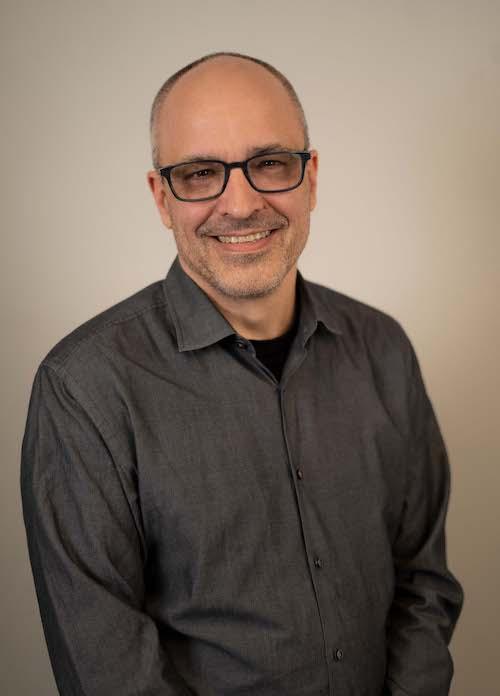
“We just relaunched a YouTube channel,” Steinmetz said. “We had one four or five years ago, but there wasn’t much on it. We’re starting with four series, one of which is called Open Ears. It’s two-, three-, or four-minute explainers about composers you probably don’t know about. We create these in-house. We’re also launching a video series next week called This Is Classical, about people and organizations doing interesting things. We’re making our own four- to five-minute videos.”
So how do they plan to pay for all this new content? As always, the bulk of the money will come from donors. “We’ll scale our growth to our revenue, which also comes from grants from foundations and other organizations that support the arts,” McAlpine said. “As we do this, we’ll be able to seek more support from those institutional sources.”
Of course, the bulk of their listenership remains on the radio. With the recent addition of Downes’s evening show to KUSC, the two stations are simulcasting programming from noon to 3 p.m. and from 8 p.m. to 6 a.m. daily. Otherwise, the broadcasts remain local, which Steinmetz believes is very important — particularly in drive-time.
“Lara’s show is heard on both stations, but she will do separate tracks for the different markets, if we feel it’s important enough,” he said. “If there’s something happening at, say, the San Francisco Symphony she wants to talk about, we’ll do a separate broadcast for KDFC and KUSC. We do the same thing with (the lunch-hour program) Play On, California.”
“We reach about 900,000 people a week, who have 900,000 opinions about what we should be playing,” he added. “Our core listeners — the people who love us — get into their cars and listen for 12 to 13 minutes. They may get back in later in the day and listen for another 12 or 13 minutes. I’d love to put Bruckner on the air every day, but people would not listen, and would not give.”
Yes, but doesn’t streaming provide an opportunity to narrowcast? Why not a stream that features Bruckner, Mahler, Shostakovich — pieces too long, and/or too edgy, for the attention-span-challenged radio audience? Isn’t giving people access to their music is an important part of the stations’ mission?
“I agree,” he said. “But it takes a lot of human resources to build a stream. I want to make sure we are building streams that people want to listen to, and that are tied to our mission and mandate. It’s a question of how we do it, and how we can encourage more people to listen.”
McAlpine noted that listenership to classical music stations hasn’t significantly eroded over the past decade or so — at least to the degree it has for other formats. (Listenership did decline across the board during the pandemic; it is now trending back up). These changes are not a response to an emergency situation, but rather an attempt to stay ahead of the curve.
“Some younger people don’t have a radio in their home,” she noted. “If they listen to a radio station, it’s via the internet. That’s the world we live in now. We feel it’s urgent to meet people where they are, and where they increasingly are going to be.”



